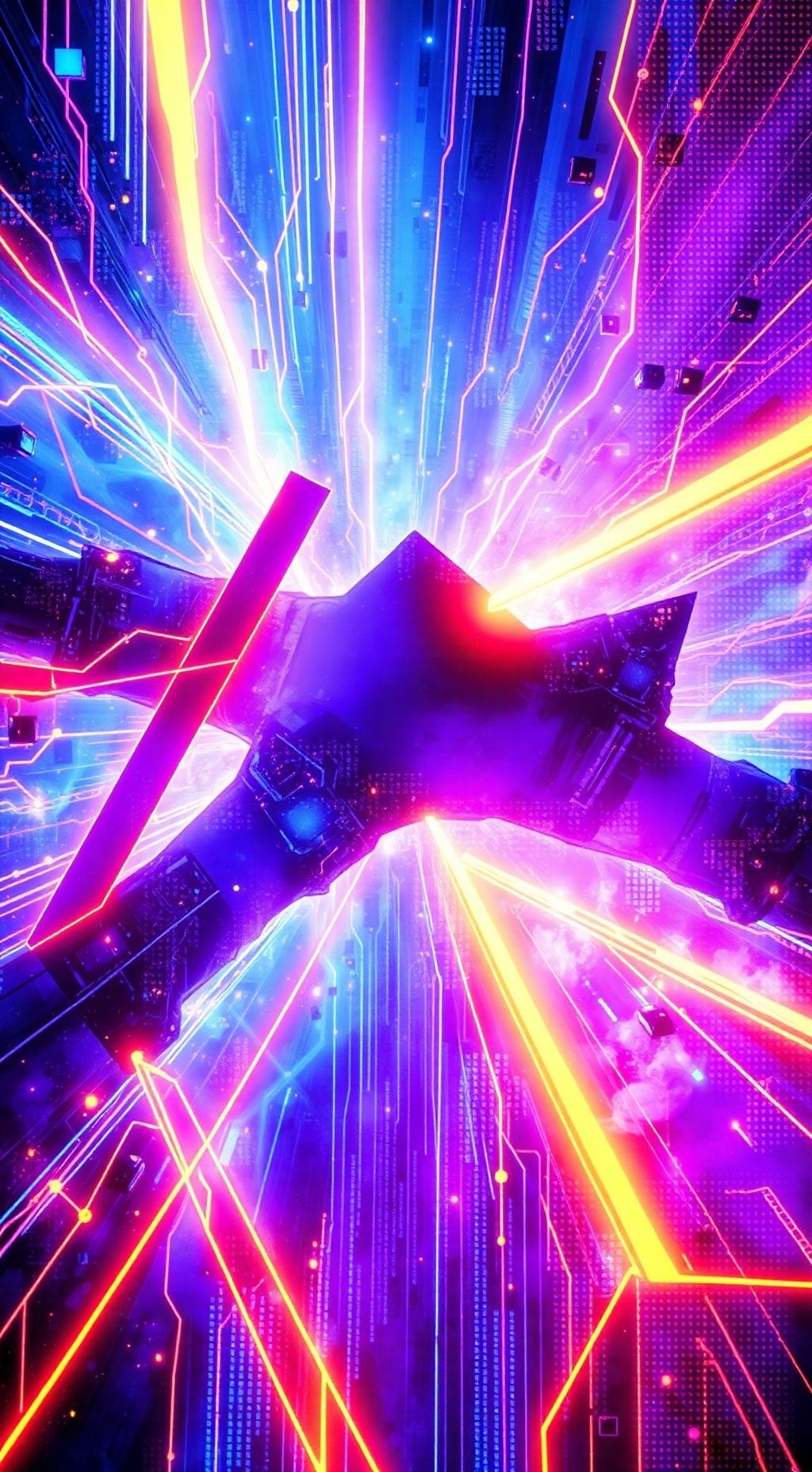Us Fighter Jet Wreaks Havoc On Korean Frontline
The Lockheed P-80 Shooting Star was an American jet fighter that would become synonymous with …
23. December 2024

Imagine walking into a doctor’s office or attending a class where technology seamlessly bridges the gap between sign language users and non-users. This is becoming a reality thanks to a groundbreaking AI-powered system that can recognize and interpret American Sign Language (ASL) with unprecedented accuracy.
The complexity of sign language lies in its unique grammar, syntax, and facial expressions, making it challenging for technology to grasp. Researchers at Florida Atlantic University’s College of Engineering and Computer Science have made significant strides in developing an AI-powered system that can accurately recognize ASL gestures.
A dataset of 29,820 static images showcasing ASL hand gestures, meticulously marked with 21 key points on the hand, serves as a foundation for MediaPipe and YOLOv8. These two powerful tools work in tandem to analyze and interpret hand movements. MediaPipe acts as an expert hand-watcher, tracking every subtle finger movement and hand position with remarkable accuracy. Meanwhile, YOLOv8 analyzes this information in real-time, predicting the probability of a hand gesture being present, its precise coordinates, and its confidence score.
The system’s performance is impressive. In rigorous testing, it correctly identifies signs 98% of the time, catches 98% of all signs made in front of it, and achieves an overall performance score of 99%. This level of accuracy opens up exciting possibilities for making communication more accessible and inclusive.
The team is now focusing on integrating this technology into regular devices, ensuring its smooth operation in real-world conversations, and refining its reliability in any environment. The ultimate goal is to bridge the gap between sign language users and non-users, creating a world where daily interactions become smoother and more natural for everyone involved.
This breakthrough pushes the boundaries of what is possible in sign language recognition, demonstrating that technology can actually help people connect. The success of this model is largely due to the careful integration of transfer learning, meticulous dataset creation, and precise tuning. By improving American Sign Language recognition, this work contributes to creating tools that can enhance communication for the deaf and hard-of-hearing community.
The future of communication looks bright with this groundbreaking technology. Whether in education, healthcare, or everyday conversations, this system represents a step toward a world where communication barriers keep getting smaller.